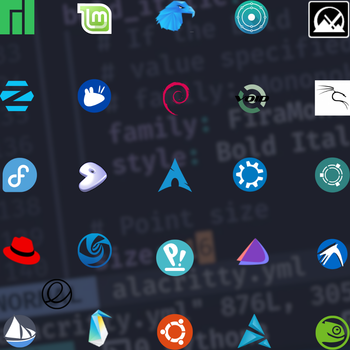Distro hopping is a habit of computer users who chase the perfect setup of a distribution. A distribution is an operating system built from the Linux kernel and GNU utilities. Even after finding the ultimate distribution, the user doesn’t stop. They keep distro hopping and repeat the same loop over and over again without realizing the waste of time. Such users are called distro hoppers.

I was a distro hopper until I started working professionally in 2022.
If I rank well-known distributions based on the number of times I’ve installed them, the list would be as follows:
Arch Linux  > Ubuntu
> Ubuntu  > Fedora
> Fedora  > Debian
> Debian 
A smol observation here. As we go from left to right in this list, distributions change from rolling release to fixed release cycle. I have come to a conclusion that changing distros will not solve the problem but fixing the distribution at hand.
The behaviour of distro hopping can be observed in everywhere. In today’s world, people have lots of options to choose from, starting with color-schemes, fonts, and themes to deciding which movie or TV show to watch on Netflix. Choices are good, but sometimes I feel these choices are the real distractions.
Self-control and having some restrictions on choices can be a solution. I have read good things about Go in a similar context, where the language lets users focus on solving problems rather than dealing with the complexities of the language itself.